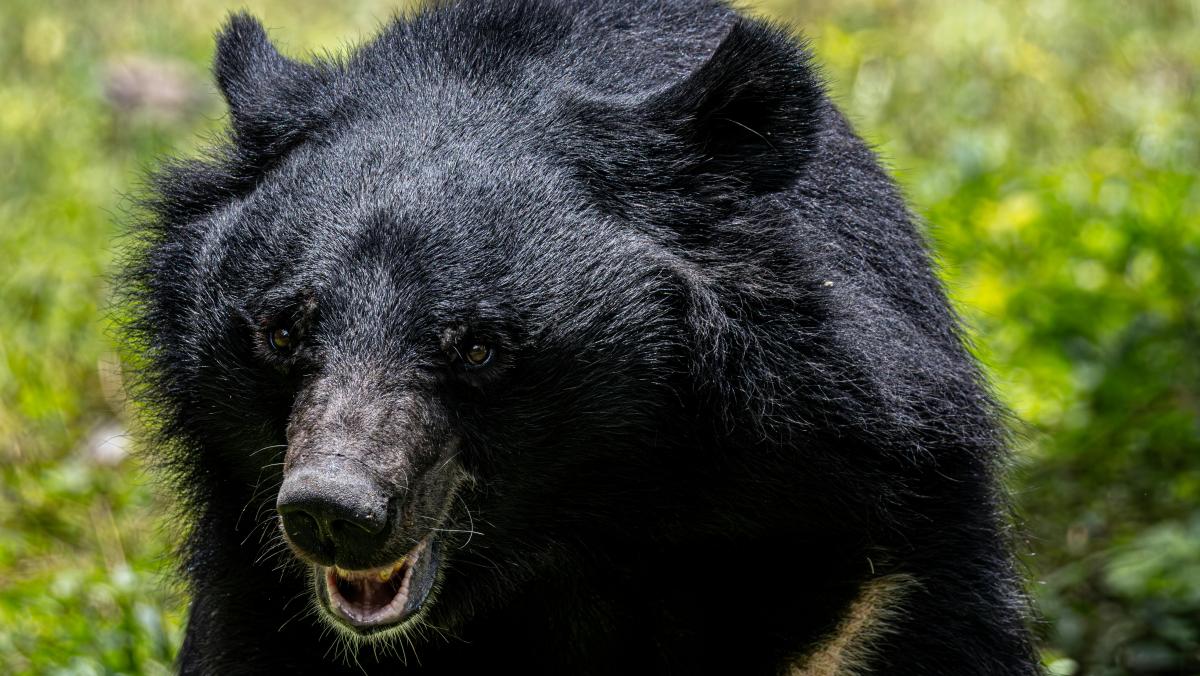American black bears found to carry foodborne pathogen
Researchers at the Ineos Oxford Institute for Antimicrobial Research (IOI), together with colleagues from the USDA Agricultural Research Service, North Carolina State University, and the University of Arizona, have provided the first genomic evidence that American black bears (Ursus americanus) can carry Campylobacter jejuni – the leading bacterial cause of diarrhoeal disease in humans.
The study, published in PLOS One, analysed complete genomes from nine C. jejuni strains isolated from black bears in Virginia, North Carolina, and Georgia between 2014 and 2016. Despite the small sample size, the bacteria displayed striking diversity: eight distinct genetic types were identified, including strains commonly associated with farm animals such as poultry and cattle, as well as potential wildlife-adapted lineages. Two isolates even represented entirely new sequence types, carrying unusual metabolic genes that may provide survival advantages.
Some bear-associated strains also carried antimicrobial resistance genes, reinforcing concerns that wildlife could contribute to the wider spread of resistant bacteria.

Picture Credits: Regan Dsouza
Campylobacter jejuni lives harmlessly in the guts of many animals, but when transmitted to humans it can cause gastrointestinal illness. People can be exposed through contact with animal faeces or contaminated environments. Finding these bacteria in black bears shows how human, livestock, and wildlife health are interconnected.

As human activity increasingly overlaps with bear habitats, encounters are becoming more common. Bears foraging near farms, waste bins, or settlements may pick up bacteria from domestic animals and contaminated areas, potentially acting as carriers between environments.
The researchers emphasise that further work is needed to determine how widespread Campylobacter is among bears, and whether some strains are unique to this species. Larger studies will help reveal the role of bears in the ecology and transmission of this important foodborne pathogen.
This research is part of IOI’s broader effort to understand how bacteria move between wildlife, agriculture, and people – knowledge that is critical for preventing future outbreaks and protecting both human and animal health.
